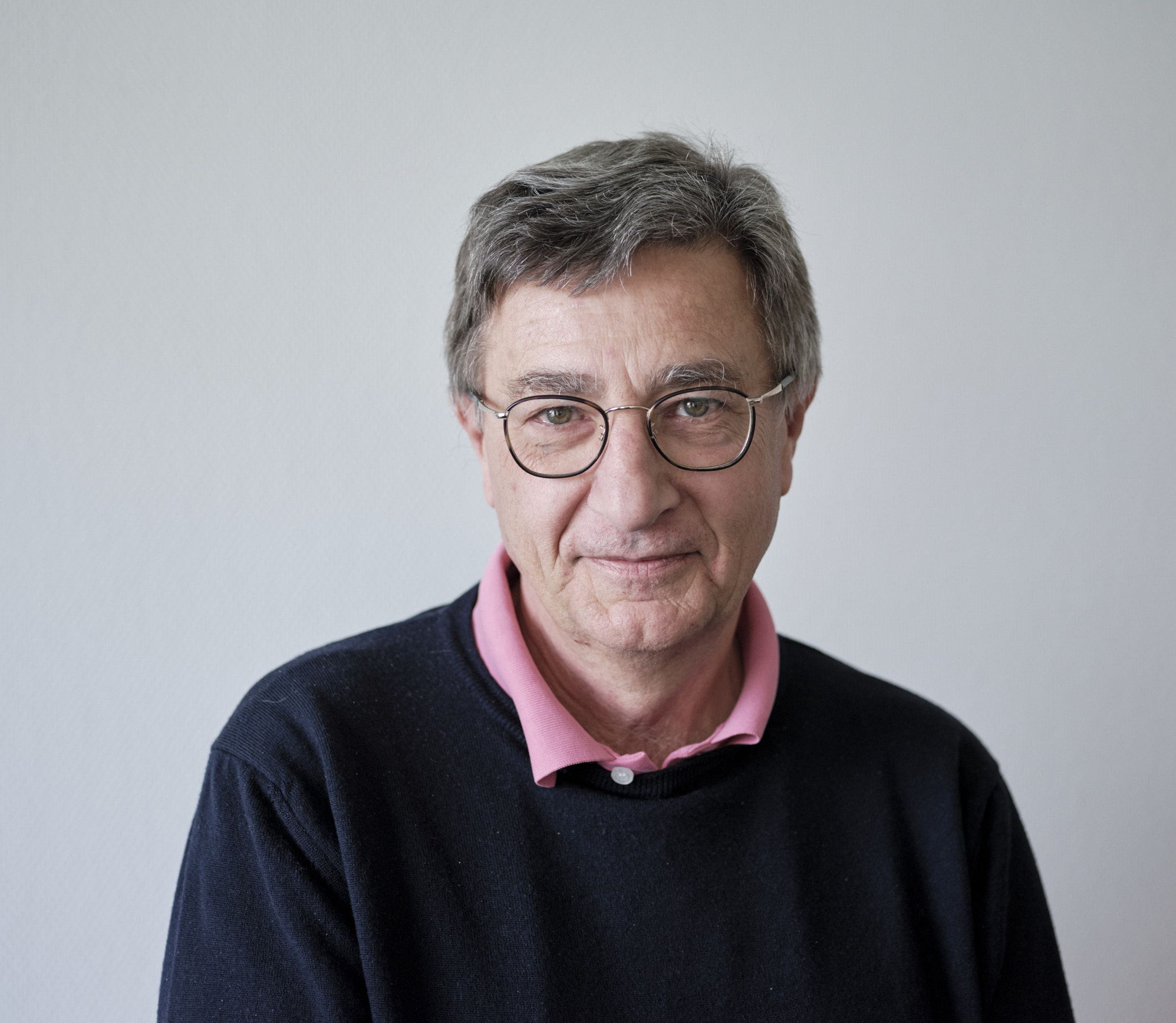Bertrand Fourcade

Physics Professor
Université Grenoble-Alpes
Tél : 33 476 51 47 46
Fax : 33 476 51 45 44
Orcid number : 0000-0003-1489-9777
iDref : 067820840
Bertrand.Fourcade AT univ-grenoble-alpes.fr
Address : Laboratoire Interdisciplinaire de Physique
140, rue de la Physique - BP 87
38402 St. Martin d’Hères, France.
Scientific interests
Living matter is the traditional field of interest of molecular and cellular biology. During the last decade, new approaches to living matter have benefited from new means of investigation that do not stop at the sequencing of entire genomes. Among these new approaches, physics aims at understanding the physical mechanisms at the cellular level. In particular, cell adhesion and cell motility are fundamentally out-of-equilibrium processes where mechano-transduction plays a fundamental role. My scientific interests focus on theoretical models of the control of cell architecture and adhesion protein signaling. This activity is carried out in close collaboration with BiologistIAB- Grenoble). I am co-author of about 50 articles published in international peer-reviewed journals.
Research
The main function of cell signaling is to integrate the complexity of the extracellular environment (extracellular matrix, cell-cell-contact, physical parameters, soluble factors...) in order to induce specific and multiple decision-making events, generating adapted and coherent cellular responses. During decades, pharmacological, genetic and omics approaches listed the multiple intracellular signaling elements (ISE, such as small GTPases, proteins or lipids kinases, phosphatases...) that support signaling by linking activation of cell receptors with assembling of specific effector complexes. An important feature of ISE is their pleiotropy which consists in their capacity to transmit cellular information from a large variety of receptors to a large variety of downstream effectors1. Even though the central role of pleiotropy is well acknowledged in particular in physio-pathological transitions, its underlying molecular mechanisms are still poorly understood. This lack of knowledge is due to the difficulty to grasp, in an integrated system, events that occur at multiple space and time scales since ISE are activated from discrete sites to induce local subcellular responses that will generate responses at the whole cell level.I use the tools of statistical physics combined with stochastic numerical simulations to study simple models of cell signaling and, in particular, to find out how the activation and clustering of molecular actors are coordinated